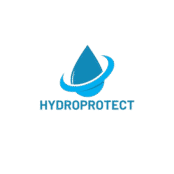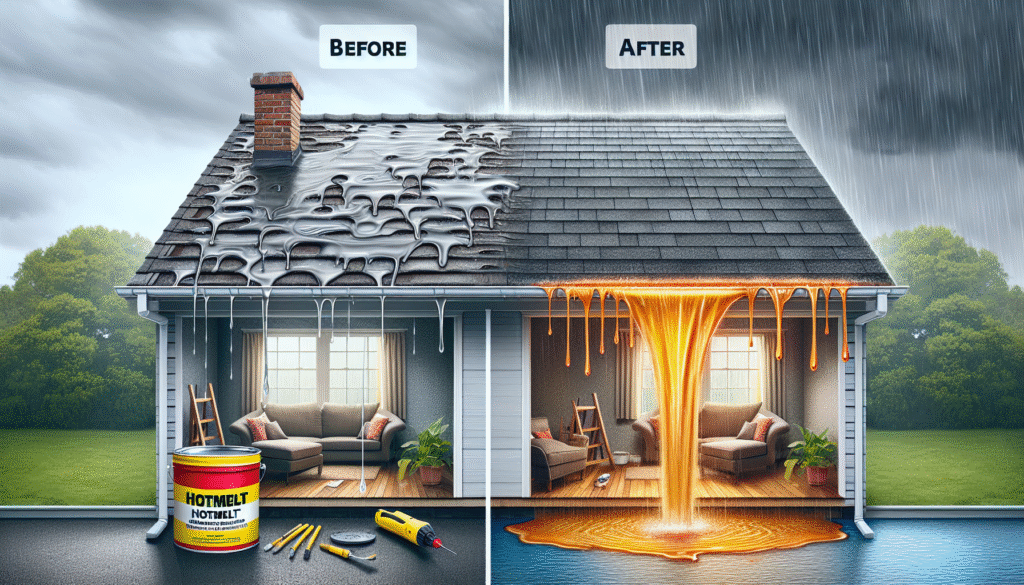Introduction to Hotmelt Roof Leak Protection
In the realm of modern construction and property management, hotmelt waterproofing systems have emerged as a revolutionary solution for roof leak protection. Especially vital for hall and warehouse owners, developers, and property managers, the adoption of this technology signifies a shift toward more efficient and durable roof insulation methods. As leaks can cause significant damage and operational disruption, understanding the advantages and mechanics of hotmelt systems is crucial for those seeking to safeguard their assets while maximizing the lifespan of their buildings.
Understanding Hotmelt Waterproofing Technology
What Is Hotmelt Waterproofing?
Hotmelt waterproofing is a seamless, monolithic membrane that is applied to roof surfaces in a liquid state and cures into a tough, homogenous layer. It is designed to form an impenetrable barrier against water ingress, offering superior protection against roof leaks. This technology has gained recognition due to its resilience and adaptability, making it an ideal choice for properties with complex roof designs or those located in harsh weather conditions.
How Does Hotmelt Work?
The application process of hotmelt waterproofing involves heating adhesive-based compounds and applying them directly onto the roof substrate. As the material cools, it solidifies and adheres securely to the surface, creating a seamless and flexible membrane. This characteristic eliminates the risk of weak spots and ensures that the entire roof surface is uniformly protected, significantly reducing the likelihood of leaks.
Advantages of Hotmelt Over Traditional Methods
Durability and Longevity
One of the most compelling advantages of hotmelt waterproofing is its exceptional durability. The seamless application ensures that there are no joints or seams that can become points of failure over time. This comprehensive protection can easily withstand temperature fluctuations, UV exposure, and mechanical damage, often outlasting traditional methods such as bitumen or single-ply membranes.
Cost-Effectiveness
- Reduced Maintenance Costs: Due to its robust construction, hotmelt systems require less frequent inspections and repairs, significantly lowering long-term maintenance expenses.
- Energy Efficiency: The superior insulating properties of hotmelt can improve a building’s thermal performance, leading to reduced heating and cooling costs.
- Value Retention: By preventing leaks effectively, hotmelt waterproofing helps maintain the structural integrity and value of the building, providing a solid return on investment.
Applications in Commercial and Industrial Settings
Warehouse and Factory Roofs
Warehouses and factories typically cover large areas and require efficient waterproofing solutions to protect stored goods and equipment. Hotmelt technology is particularly suitable for these types of buildings due to its ability to create durable and expansive waterproof membranes that are resistant to industrial environments.
Office Buildings and Shopping Malls
For developers managing office complexes and retail spaces, ensuring customer safety and comfort is paramount. Hotmelt systems provide reliable leak prevention, essential for maintaining a professional appearance and avoiding costly interior damage in high-traffic commercial areas. Additionally, its aesthetic versatility allows for a clean finish suited to modern architectural styles.
Installation and Maintenance Considerations
Expert Installation Required
Proper installation is crucial to the performance of hotmelt systems. As it involves specialized techniques and equipment, hiring certified professionals ensures that the membrane is applied correctly and effectively. Expert installers are equipped to handle diverse roof structures and complex design requirements, further enhancing the system’s performance.
Routine Inspections
While hotmelt systems significantly reduce maintenance needs, routine inspections are still necessary to identify potential issues early. A regular check-up regime helps in identifying minor damages or wear and tear before they escalate, ensuring the continued effectiveness and longevity of the waterproofing solution.
Choosing Hotmelt for Your Next Project
When deliberating on the best waterproofing system for your construction or renovation project, hotmelt stands out as a wise choice for those prioritizing performance and reliability. Its adaptability to different roof structures and extreme weather conditions makes it a versatile and future-proof investment. Moreover, its sustainable and eco-friendly characteristics support green building practices, contributing to environmental conservation efforts.
Summary
Hotmelt roof waterproofing revolutionizes leak protection by offering durable, seamless, and cost-effective solutions well-suited for commercial and industrial buildings. With its robust construction, energy efficiency, and long-term savings on maintenance, this technology outperforms traditional methods in safeguarding structures against the consequences of water damage. Proper installation and routine inspections are vital to its success, ensuring optimal performance and longevity. As property managers and developers seek increasingly reliable solutions, hotmelt systems provide an excellent choice that aligns with modern construction needs while supporting sustainability initiatives.

